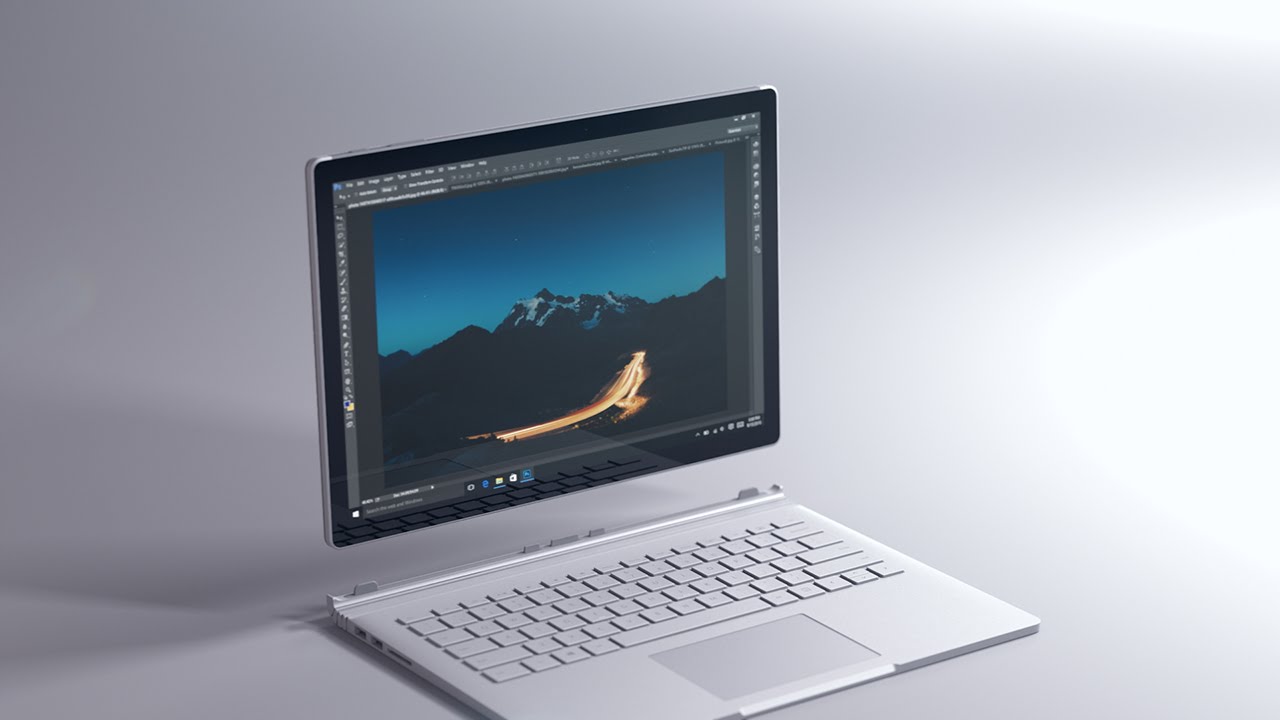Three reasons why the Surface Book is not Microsoft's answer to the Apple MacBook
While it may seem like it, Microsoft did not create the Surface Book as a MacBook competitor. Not intentionally, that is, and neither was it created to be a competitor of any model iPad, which raises the question of why, in October, the Surface Book grabbed the spotlight for outselling Apple in the tablet category.

Reason number 1: Consumers don’t buy hype
Yes, Microsoft did let slip a few zingers in the direction of the iPad Pro and the MacBook. However, that is what Marketing is all about. Everything is fair game, from zingers to thinly veiled hints about who copied who, whether they are made on stage, or on social media.
In the end of the day, when the chips are down, and consumers are faced with the real choice of what to replace their old laptop with, the only thing on their minds will be “Is this good for me?”.
The Surface Book is both a tablet and a laptop, and it runs an operating system, Windows 10, which is capable of adapting its interface to a desktop environment, as well as a touch interface. Still, the Surface Book and the Apple MacBook are about as similar as a beer mug and a coffee mug. They are both mugs, and are excellent at retaining liquids, but would you drink beer out of a coffee mug? (Some of us don’t really have to answer the question...).
Reason number 2: Looks aren’t everything
Most people who attended the unveiling of the Surface Book, went through two stages. The “Oh! Microsoft made a MacBook!” stage, and the “Wait... no... not a MacBook” stage.
After all, it is undeniable. The Surface Book does have that machined aluminum look, for one thing, which is the result of high-quality matte-finish magnesium. The black finish display frame, when the device is powered down, could be mistaken for a rather “edgy” MacBook screen. Last but not the least, the large trackpad and flat keyboard, which is almost reminiscent of the 12 inch MacBook Retina.
On the other hand, the purpose of the Surface Book is quite different than that of a MacBook, and proof of it is in the details, such as the hinge that connects the tablet component to the base. The focus here is not on thinness, as it would be for a MacBook, but rather in the functional nature of a hybrid laptop/tablet device, and the flexible hinge is a rather interesting design choice, which makes the device look almost industrial.
Reason number 3: The Surface Pro legacy is undeniable. The MacBook similarity, unavoidable.
Just as the name would suggest, the Surface Book incorporates all the elements of a Surface Pro on steroids. Aside from the main battery and the Discrete GPU, the bulk of the hardware resides on the display/tablet portion of the device, which is also what allows for equal weight distribution on both the display and the base.
The main difference from it and the Surface Pro are, for one, size. 13.5 inches is more appropriate for a hybrid laptop capable of integrating an Intel Core i7 Skylake CPU, as much as 16GB of RAM, and 1TB of SSD storage. The fact that the iPad Pro is 13 inches, or the MacBook Air features a similar size, is not enough to warrant fingers pointed to the Surface Book as a MacBook “copycat”, which really isn’t. By that token, the Surface Book is a rather unique piece of hardware, on par with a much different class of devices designed.
What makes the MacBook similarity unavoidable, is the fact that there are only so many ways to create a laptop PC that visually stands out from the crowd. With 90% of laptops on the market being either black or within a number of grey shades, a silver finish shouldn’t be too surprising, and neither should be the black frame surrounding the display, which simply applies to the common sense rule that a black edge around a display is far less distracting and more comfortable to look at, than any other color. This is especially true when watching movies and playing games in fullscreen mode.
The bottom line
All things considered, a comparison between the Microsoft Surface Book and any Apple MacBook or iPad makes little sense, also due to the fact that users who know their devices, and have already “pledged allegiance” to either Apple laptops or Windows PCs are the ones that drive sales more than most.
This also explains, once and for all, the free Windows 10 upgrade program, which aims at creating a path to Windows 10 within a PC ecosystem where Microsoft’s foothold is given only by consumers choice, and not, as in Apple’s case, by design.